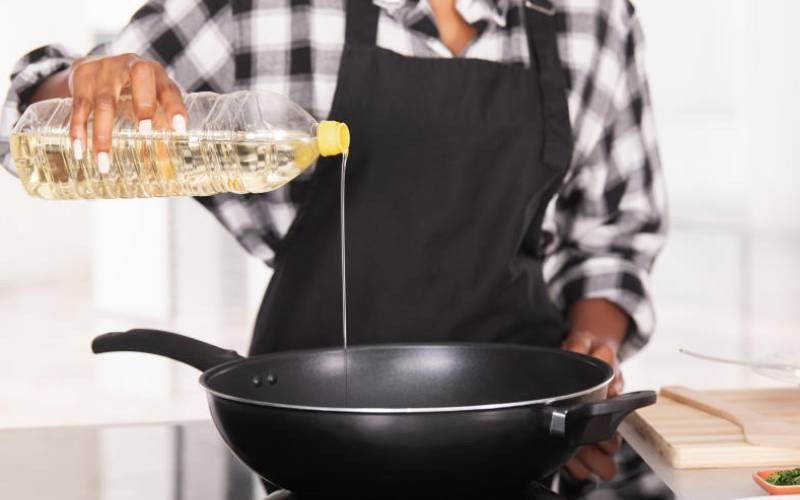
In recent months, there have been several highly-publicised cases of women dying during or after birth-related surgery. This has left many questions about the maternity scene. For example, have caesarean births become rampant in recent years? Has surviving a caesarean birth become almost a miracle? When is the surgery really necessary and can it be avoided? Gardy Chacha explores some of these questions.
About two weeks ago, news spread quickly that a popular lawyer and influencer among parenting circles died a few days after undergoing delivery by Caesarean section (C-Section or CS) at a top private hospital in Nairobi.
Her death rekindled conversations on safety of the procedure and whether too many women are undergoing it -- whether by choice or by doctors’ recommendations -- even when it can be avoided.
Facts First
This story continues on The Standard INSiDER. Subscribe now for unfiltered journalism that holds power to account.
Already have an account? Login
 The Standard Group Plc is a multi-media organization with investments in media
platforms spanning newspaper print
operations, television, radio broadcasting, digital and online services. The
Standard Group is recognized as a
leading multi-media house in Kenya with a key influence in matters of national
and international interest.
The Standard Group Plc is a multi-media organization with investments in media
platforms spanning newspaper print
operations, television, radio broadcasting, digital and online services. The
Standard Group is recognized as a
leading multi-media house in Kenya with a key influence in matters of national
and international interest.










